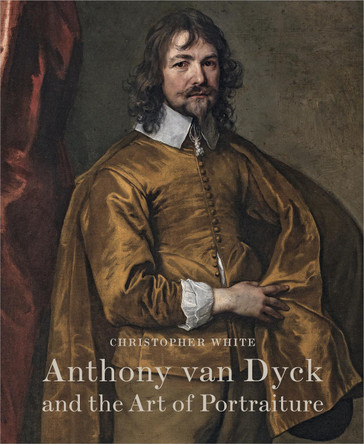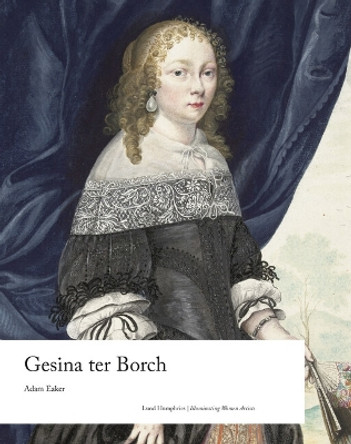Description
As a courtier, figure of fashion, and object of erotic fascination, Anthony van Dyck (1599-1641) transformed the professional identities available to English artists. By making his portrait sittings into a form of courtly spectacle, Van Dyck inspired poets and playwrights at the same time that he offended guardians of traditional hierarchies. A self-consciously Van Dyckian lineage of artists, many of them women, extends from his lifetime to the end of the eighteenth century and beyond.
Recovering the often surprising responses of both writers and painters to Van Dyck's portraits, this book provides an alternative perspective on English art's historical self-consciousness. Built around a series of close readings of artworks and texts ranging from poems and plays to early biographies and studio gossip, it traces the reception of Van Dyck's art on the part of artists like Mary Beale, William Hogarth, and Richard and Maria Cosway to bestow a historical specificity on the frequent claim that Van Dyck founded an English school of portraiture.
Distributed for the Paul Mellon Centre for Studies in British Art
About the Author
Adam Eaker is an associate curator in the Department of European Paintings at the Metropolitan Museum of Art.
Book Information
ISBN 9781913107345
Author Adam Eaker
Format Hardback
Page Count 250
Imprint Paul Mellon Centre for Studies in British Art
Publisher Paul Mellon Centre for Studies in British Art








